#Rostock
Text






Ansichtspostkarte
Lütten Klein
ein Stück Rostock zwischen Meer und Feldern
[Design: Jochen Bertholdt]
ohne weitere Angaben
#Rostock#Bezirk Rostock#Postkarte#Lütten Klein#Philokartie#akRostock#BezirkRostock#RostockLüttenKlein#StädtebauDerDDR#DDRArchitektur#GDRArchitecture#SocialistUrbanism#Ansichtskartendesign#deltiology#VintagePostcard
76 notes
·
View notes
Text
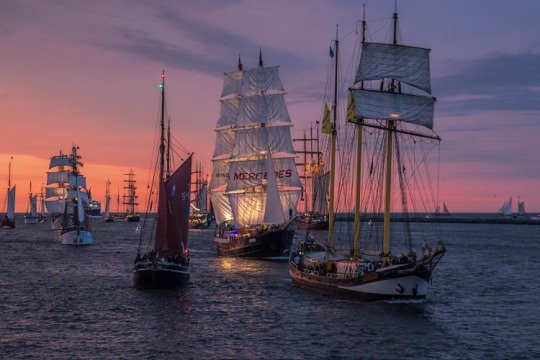
Hanse Sail, Rostock, by Martin Millahn 2020
168 notes
·
View notes
Text
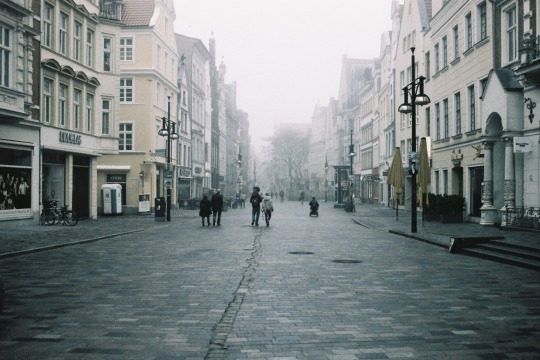
October 2022
Lomography Metropolis 100-400
#color#analog#analogue#film photography#35mm film#35mm photography#photographers on tumblr#original photographers#lomography#lomography metropolis#echt-analog#rostock#film never dies#buy film not megapixels
45 notes
·
View notes
Text

Rostock, East Germany
Color negative
1970s
#rostock#germany#eastern bloc#photography#color#negative#vintage#city#city scene#socialist#socialism#east germany#ddr
59 notes
·
View notes
Text

Medieval Curse Tablet Summoning Satan Discovered in Germany
In Germany, archaeologists have found a rolled-up piece of lead that they believe might be a medieval “curse tablet” calling upon “Beelzebub,” also known as Satan.
At first sight, the researchers believed the “unremarkable piece of metal” was just discarded material. This conclusion was drawn because the item was discovered at the base of a latrine at a construction site in Rostock, a city in northern Germany, as stated in a translated document.
Artifact containing a curse summoning Satan and evil spirits
Nevertheless, when they unfolded it, archaeologists discovered that the 15th-century artifact bore a mysterious message inscribed in Gothic minuscule, which was barely discernible without close inspection. The message read, “sathanas taleke belzebuk hinrik berith.”
The researchers interpreted the text as a curse aimed at a woman named Taleke and a man named Hinrik (Heinrich). The curse invoked Beelzebub (another name for Satan) and Berith (a demonic spirit). Without a close examination, the mysterious message would not have been identified.
Even though the researchers may never uncover the identities of Taleke and Heinrich, they have suggested possible reasons for the animosity.
In their statement, the researchers pondered whether someone wanted to disrupt Taleke and Heinrich’s connection or if this was driven by rejected love and jealousy, with someone trying to interfere.
Similar curse tablets discovered from Greek and Roman sites
The archaeologists emphasized the uniqueness of their discovery. Jörg Ansorge, an archaeologist from the University of Greifswald in Germany leading the excavation, highlighted this point.
He stated that this finding is exceptional, especially considering that similar ‘curse tablets‘ are well-documented from ancient times in the Greek and Roman regions spanning from 800 B.C. to A.D. 600.
Ansorge provided examples to illustrate the historical context. He mentioned a 1,500-year-old lead tablet discovered in what is now Israel, inscribed in Greek, invoking demons to harm a rival dancer.
Additionally, he referred to 2,400-year-old tablets found in Greece that sought the intervention of underworld gods to target several tavern keepers. Ansorge remarked, “Our discovery, on the other hand, can be dated to the 15th century.” “This is truly a very special find.”
The researchers weren’t taken aback to locate the artifact in a latrine. They explained that curse tablets were strategically placed in obscure locations, like the bottom of latrines, intentionally making them hard or even impossible to find. This ensured that those who were cursed couldn’t easily uncover the tablets.
Love Magic in Ancient Greece and Rome
The practice of magic with spells, charms, erotic dolls was widespread in ancient Greece and Rome. Although it was discouraged and sometimes even punished in antiquity, it thrived all the same. Authorities publicly condemned it but tended to ignore its powerful hold.
By Nisha Zahid.


#Medieval Curse Tablet Summoning Satan Discovered in Germany#Rostock#Beelzebub#Berith#Satan#satanism#black magic#ancient artifacts#archeology#archeolgst#history#history news#ancient history#ancient culture#ancient civilizations#middle ages
41 notes
·
View notes
Text

Hotel Neptun, Rostock, 1975. From the Budapest municipal photography company archive.
39 notes
·
View notes
Text


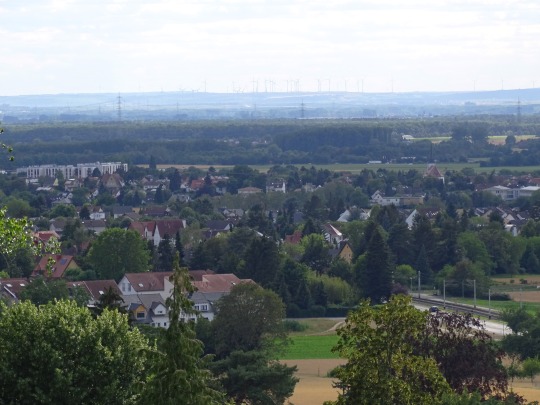
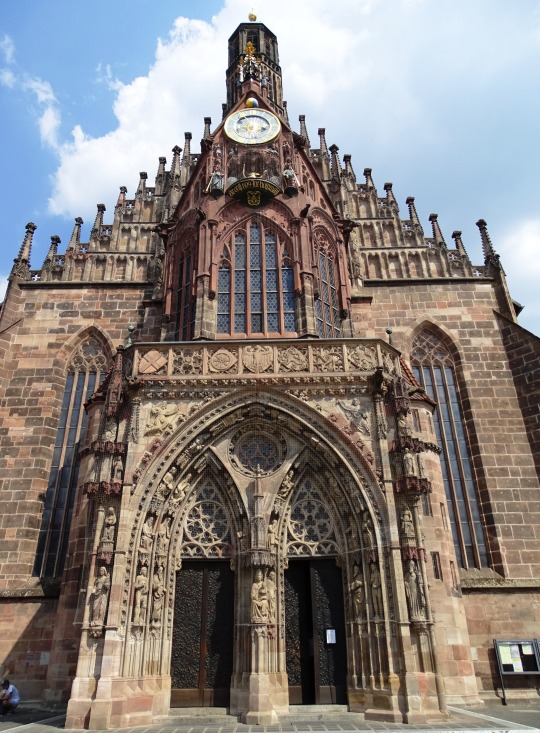
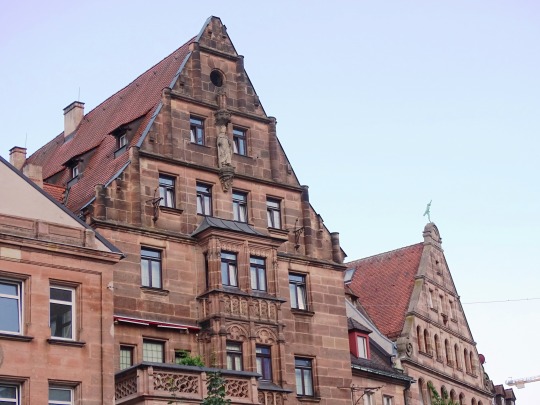
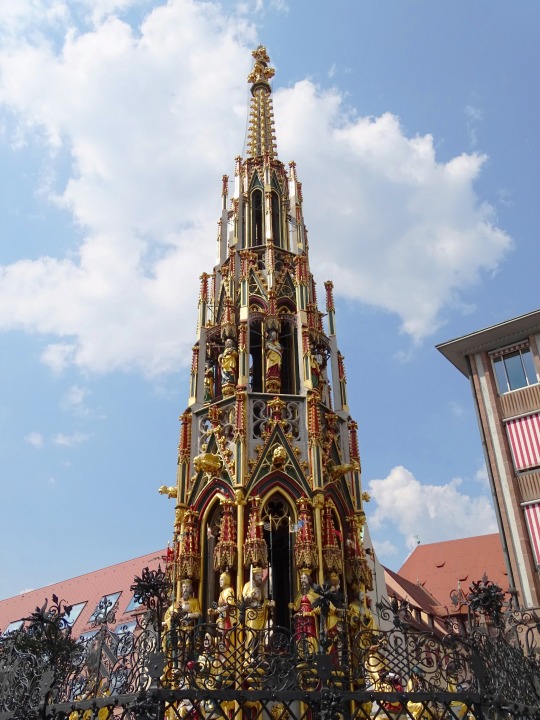
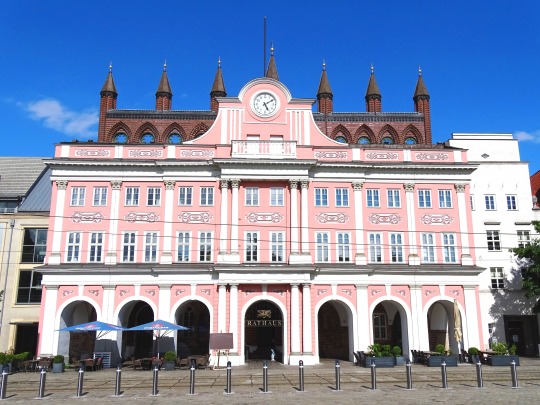

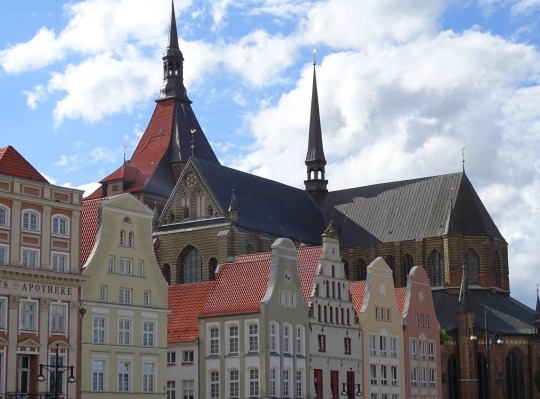
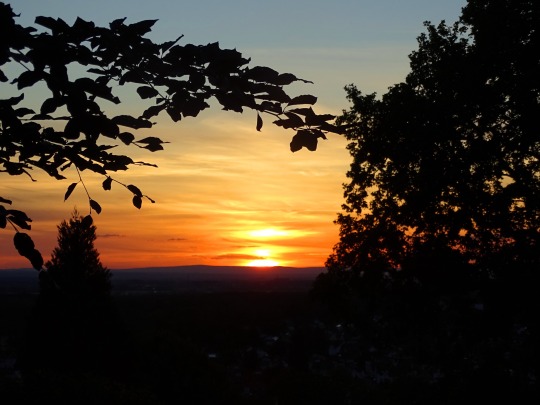
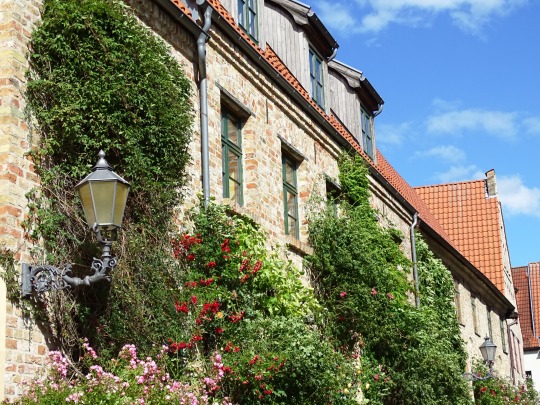
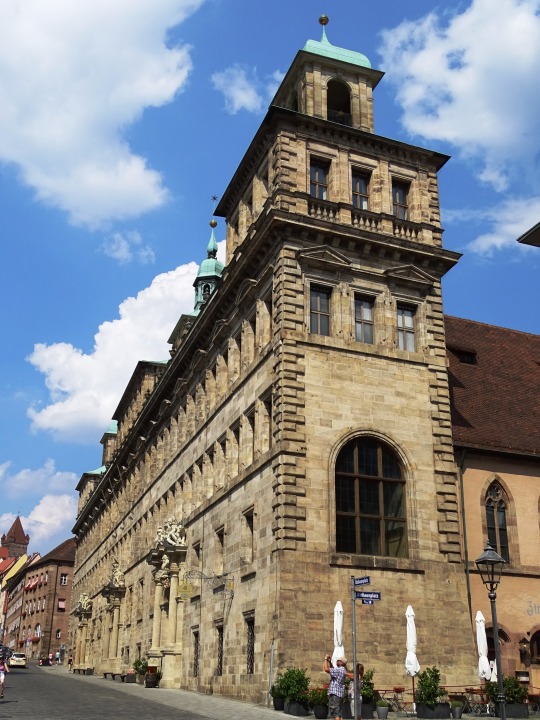


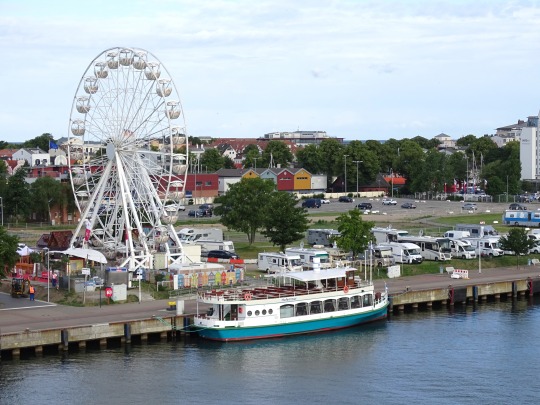
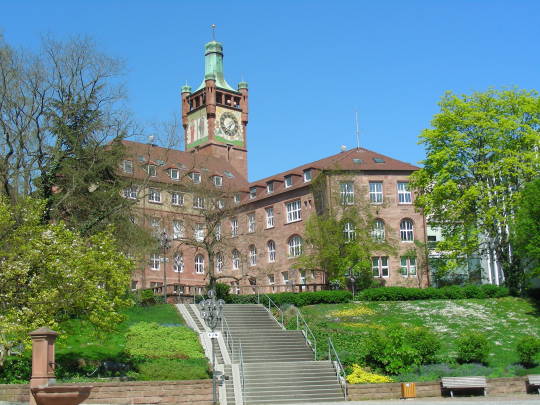
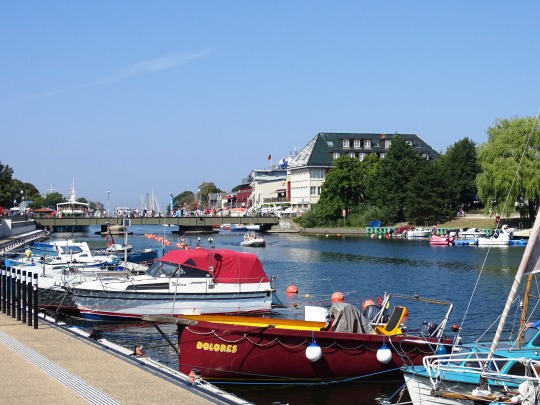
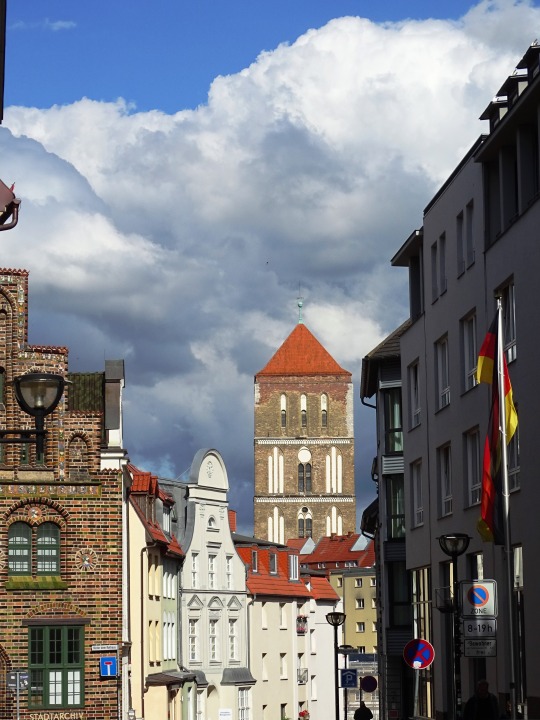

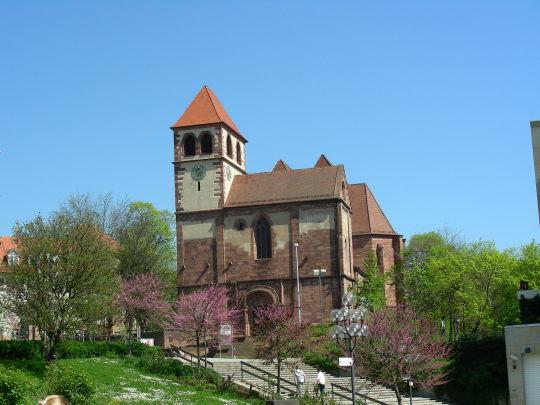
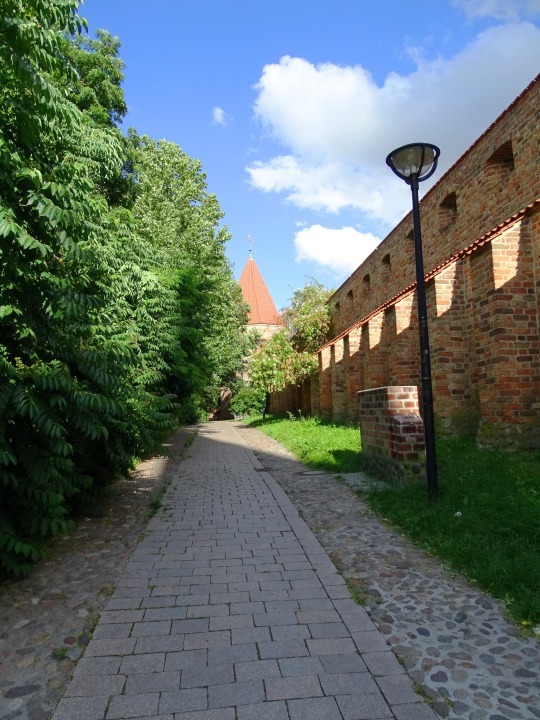
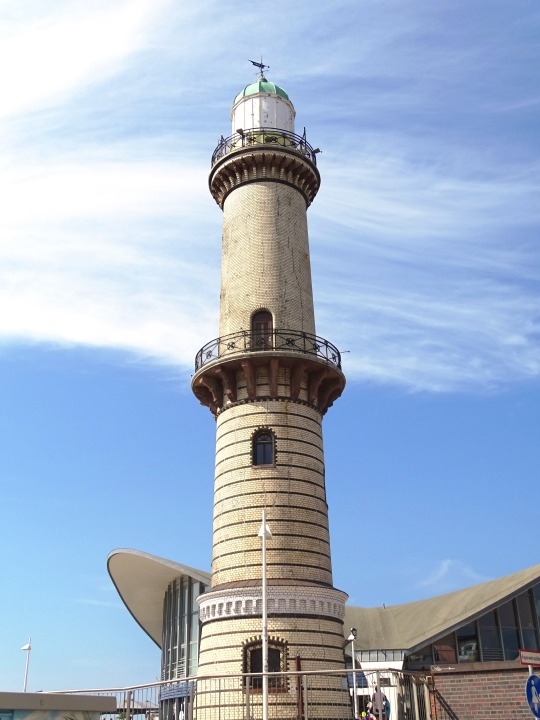
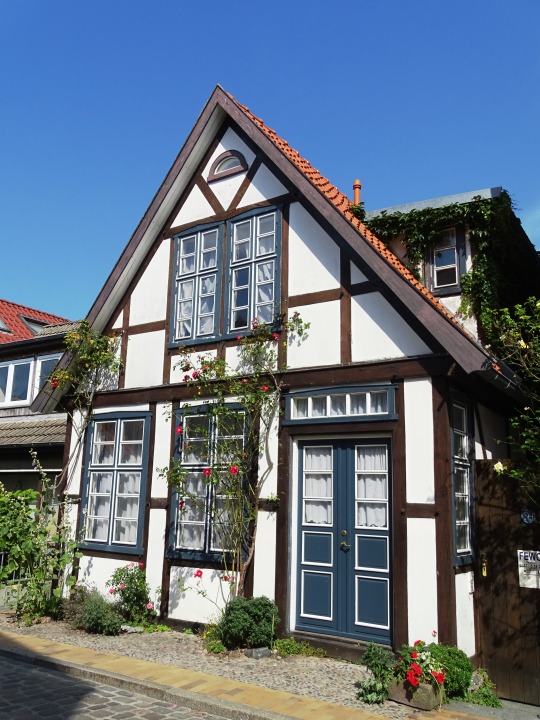
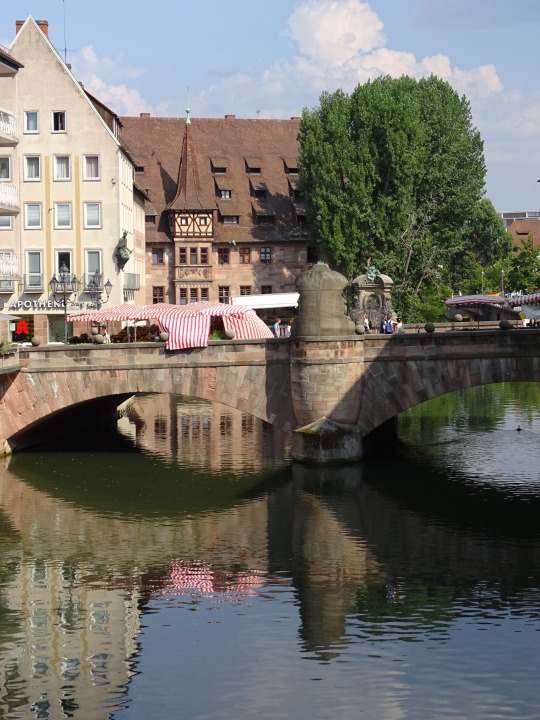

Tag der Deutschen Einheit
German Unity Day is celebrated on October 3 to commemorate the unification of the Federal Republic of Germany and the German Democratic Republic into a single federal Germany on the same date in 1990. A public holiday, the day is characterized by concerts, communal meals, speeches by politicians, and fireworks.
History of National Unity Day
After WWII, Germany was divided into four military sectors, each controlled by France, the United States, the United Kingdom, and the Soviet Union. In 1949, the Federal Republic of Germany was formed and, on October 7 of the same year, the German Democratic Republic (also known as the DDR — ‘Deutsche Demokratische Republik’) was formed.
The political tensions in post-war Europe did not allow much interaction between the people of the two countries. The DDR exercised strong resistance against repression of its political opponents. Thousands of people were kept under surveillance by the German police.
On September 4, 1989, a peaceful protest was carried out by the people of Leipzig against the DDR government. More such demonstrations in other DDR cities took place calling for political reforms and the opening of the borders. And on November 9 that year, the checkpoints between the two German countries were opened and people could travel freely once more. This date marked the ‘fall’ of the Berlin Wall.
Democratic elections further paved the way for the people to come together in the DDR. Finally, in August 1990, the leaders of both countries signed the Treaty of Unification, and Germany’s unification was made official on October 3, 1990.
The Berlin Wall and the Brandenburg Gate are two very important symbols of Germany’s division and the unification of Germany in 1990. Images of both of these are put on display on German Unity Day all across Germany. The day is celebrated as a three-day festival around the Brandenburg Gate and at the Reichstag around Platz der Republik.
National Unity Day timeline
May 23, 1949
Federal Republic of Germany Forms
The German sectors of France, the United Kingdom, and the United States come together to form the Federal Republic of Germany.
October 7, 1949
German Democratic Republic
The sector controlled by the Soviet Union becomes the German Democratic Republic (also known as the DDR — ‘Deutsche Demokratische Republik’).
November 9, 1989
Berlin Wall Falls
On November 4, an estimated 50,000 people gather for a mass protest in East Berlin — five days later, the Berlin Wall dividing communist East Germany from West Germany crumbles.
August 31, 1990
Unification Treaty is Signed
The Unification Treaty is signed, allowing a reunited Germany to become fully sovereign the following year.
National Unity Day FAQs
What is German Unity Day called in German?
German Unity Day is called ‘Tag der Deutschen Einheit’ (The Day of German Unity).
What does German Unity Day celebrate?
The Day of German Unity is Germany’s national holiday. It commemorates the German reunification in 1990 and is celebrated with a festival around Platz der Republik, Straße des 17.
What is closed on German Unity Day?
German Unity Day is a public holiday in Germany so post offices, banks, and many businesses are closed. Nearly all stores are closed, although a few may be open in some city areas.
How To Celebrate German Unity Day
Celebrate the local cultureCelebrate with all the locals at the Charlottenburg Palace. Experience the neighborhoods of Berlin while taking a stroll through Kreuzberg, Friedrichshain, and Mitte.
Watch films and documentaries about GermanyThere are many famous documentaries about Germany and the Berlin Wall. Some of them include “Busting the Berlin Wall,” “Stasi – East Germany’s Secret Police,” “After the Wall: A World United,” “Rise and Fall of the Berlin Wall,” and more.
Visit the specific city of observanceA famous feature of German Unity Day is the observance of the day in one of the 16 states’ capitals every year, which hosts the celebration.
5 Interesting Facts About The Berlin Wall
Two walls: The 27-mile barrier separating Berlin into east and west had two concrete walls that had a 160-yards-wide ‘death strip’ in-between with watchtowers, guard dogs, floodlights, machine guns, and more.
Death on the Wall: More than 100 people died while trying to cross the Berlin Wall, by gunshots, fatal accidents, or suicide.
The great escape: More than 5,000 people escaped by either going over or under the Berlin Wall.
Berlin in Vegas: A piece of the Berlin Wall is now in the bathroom of the Main Street Station Casino in Las Vegas.
In memory of Ida Siekmann: The Berlin Wall cycle route has a glass plaque honoring Ida Siekmann who was the first person to die while trying to cross the wall and flee to East Berlin.
Why German Unity Day Is Significant
It celebrates the unification of Germany: The establishment of Germany as a federal country after years of division since 1945 and the unification of East and West Germany is worth celebrating.
Fall of the Berlin Wall: It commemorates the day when the wall dividing communist East Germany and West Germany crumbled. This was just five days after almost 50,000 people gathered in a mass protest in East Berlin.
Dissolution of the German Democratic Republic: The date marks the dissolution of the German territory controlled by the Soviet Union and the day it joined the Federal Republic of Germany.
Source
#Tag der Deutschen Einheit#National Day of Germany#German Unity Day#3 October#Rostock#cityscape#architecture#Warnemünde#travel#summer 2020#Germany#Deutschland#German history#vacation#Leipzig#Mecklenburg-Vorpommern#Mecklenburg–Western Pomerania#Sachsen#Saxony#Bayern#Bavaria#Nuremberg#Nürnberg#Alter Strom#Marienkirche#Neuer Markt#Nikolaikirche#Völkerschlachtdenkmal#Baltic Sea#Schöner Brunnen
24 notes
·
View notes
Text
Population: 208,400
8 notes
·
View notes
Text

11 notes
·
View notes
Text

Liebherr in Rostock, Germany
16 notes
·
View notes
Text


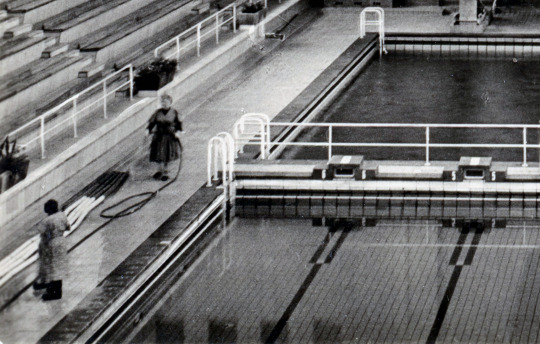
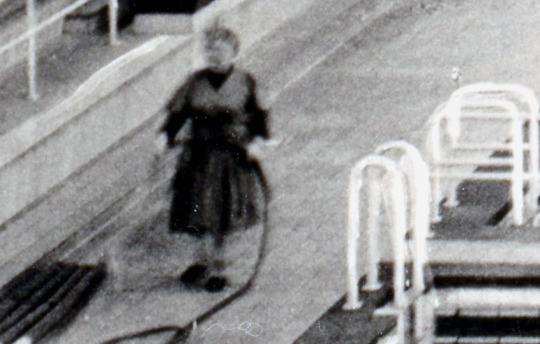
Ansichtskarte
Rostock - Schwimmhalle "Neptun"
Reichenbach (Vogtl): VEB BILD UND HEIMAT Reichenbach i.V. (IV-14-45 A 3/60 1/2527 Echt Foto 1239/60)
Foto: Levermann, Rostock
1960
#Rostock#Bezirk Rostock#Philokartie#DDRPhilokartie#Architekturphilokartie#DDRArchitektur#Ansichtskartengfotografie#AnsichtskartenfotografieDerDDR#DDRSport#Schwimmsport#Schwimmhalle#deltiology#VintagePostcard#Swimming#Sportphilokartie#SportbautenDerDDR#1960er#1960#BILD UND HEIMAT#Sport
59 notes
·
View notes
Text
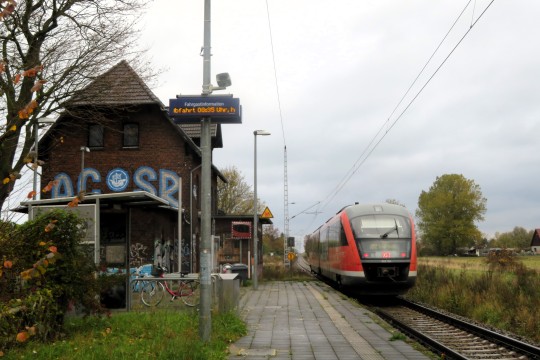
642 184 in Mönchhagen am 08.11. 2023
#642 184#Br642#Br 642#Desiro#Mönchhagen#Ostsee#baltic sea#Rostock#Mecklenburg Vorpommern#eisenbahn#bahn#bahnhof
8 notes
·
View notes
Text

This is the first post I've been making on this page in probably over 10 years and it's only because @hikingofthenoldor really loved these lil guys
They're based on a group of statues in Rostock
8 notes
·
View notes
Text

Rostock, East Germany
color slide
#rostock#eastern block#east germany#germany#vintage#panel#plattenbau#socialist#socialism#color#slide#ddr
79 notes
·
View notes
Photo
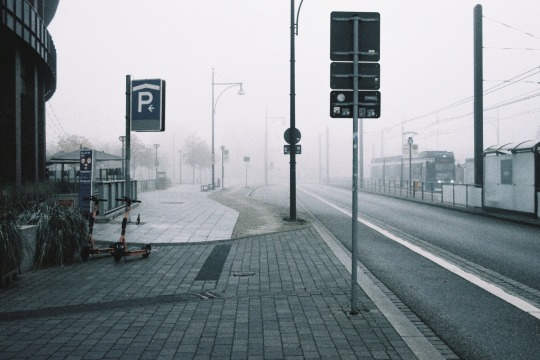
fog
Lomography Metropolis 100-400
#color#analogue#analog#film photography#35mm film#35mm photography#original photographers#photographers on tumblr#lomography#lomography metropolis#echt-analog#rostock#film never dies#buy film not megapixels
48 notes
·
View notes
